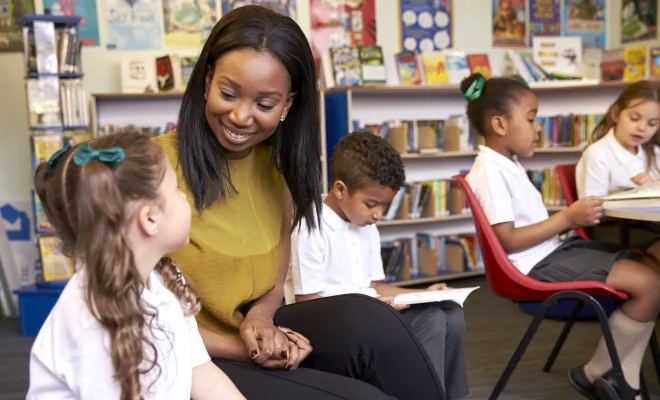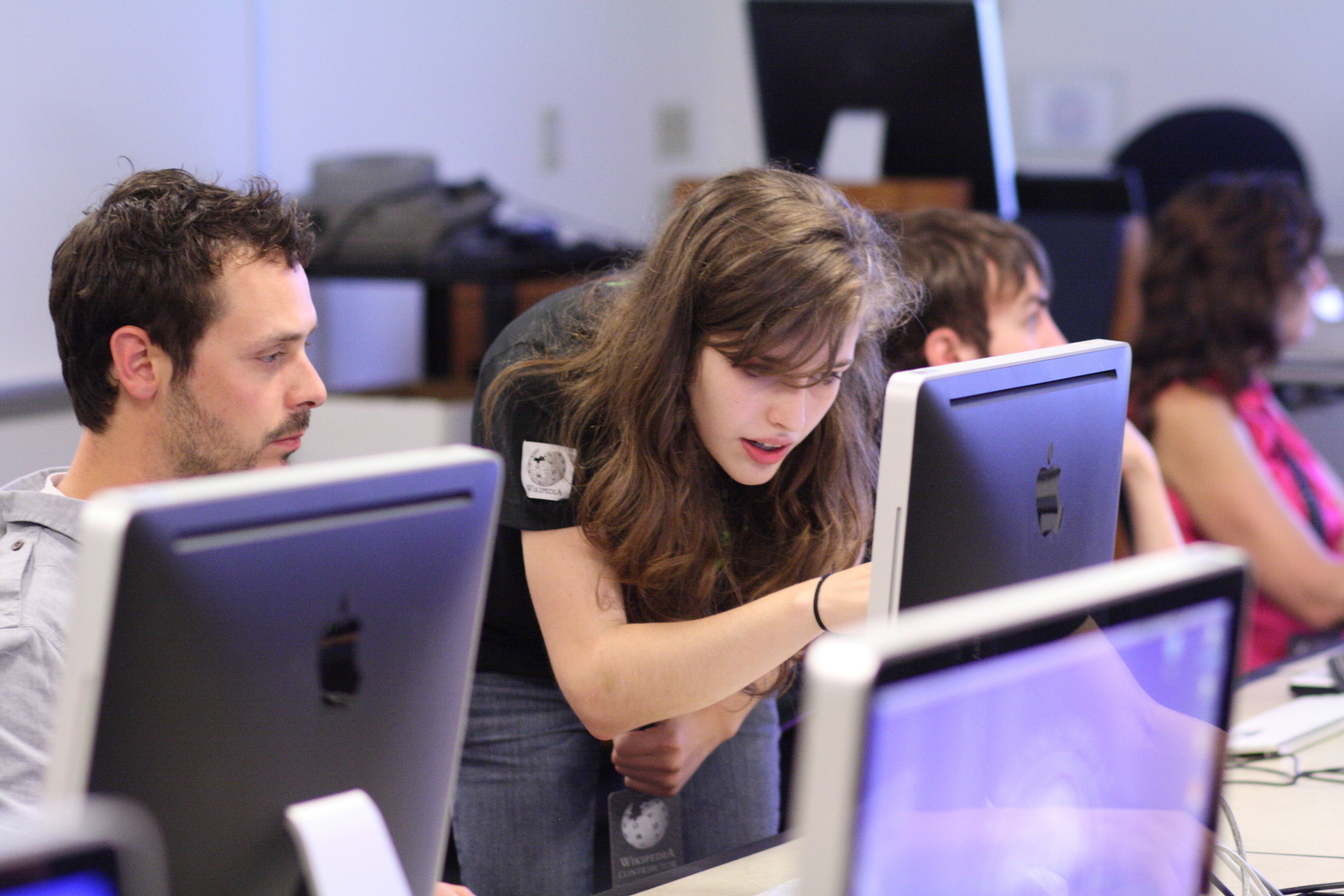What is a Pre-Reader?

This word is used to depict a student who is aware that the text being read has meaning, even if they don’t yet understand the said meaning. Pre-readers are preschool and kindergarten students who can’t yet read or have just started to learn to read.
Parents and teachers can use a checklist like the one below to determine if the child is ready to be a pre-reader:
· Is capable of playing a preschool board game, such as Hi Ho! Cherry-O! or Candyland.
· Has at least a 10-minute attention span and can focus on playing a game, say working on a puzzle, building with blocks, or similar activities for a minimum span of 10 minutes.
· Understands and enjoys picture books when read aloud.
· Is familiar with rhyming language through rhyming games, rhyming picture books, songs, and poetry. Though this isn’t essential, familiarity with rhyming language will help.
· Can communicate clearly enough to be understood by an adult.
· Tends to engage in imaginative and pretend play.
· Can correct someone who misnames something. For instance, if someone points to their eyes and says, “This is my foot,” the child will correct them.
· Is capable of following simple directions like “Please stand up.”
· Can tell (or retell) a simple story (that’s about 2 to 3 lines’ long) or talk about an incident that occurred some time ago.
· Can recognize an object based on a line drawing, such as a map, apple, or zipper.
· Can comfortably use paintbrushes, markers, crayons, etc.
If a child ticks off nine or more of the items listed above, they are ready to be a pre-reader. But if eight or fewer boxes are ticked, it’s better to provide the child with some additional practice to get them familiar with some of those concepts before getting them started with a pre-reading program. For the parents of a very young child looking for a pre-reading program, it’s crucial to ensure the young one is interested in learning letters.
When a child is ready to become a pre-reader, enrolling them in a suitable pre-reading program will help develop multiple pre-reading skills. These include print awareness, phonological awareness, knowledge of letters, listening comprehension, and the motivation to read. Typically, these programs involve storytime read-alouds, special games, and crafts to help children effortlessly learn these essential pre-reading skills and become confident pre-readers.






